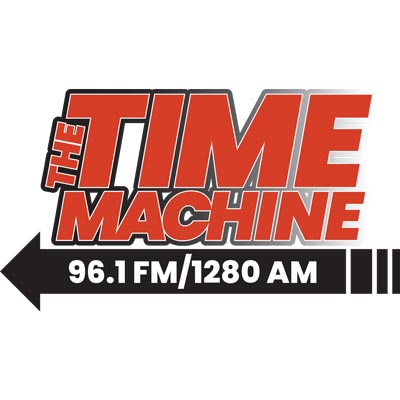Despite concerns from Gov. Mike DeWine, national economists and other lawmakers, Ohio House Republicans are moving ahead with plans to give $600 million in taxpayer funds to the Cleveland Browns for a new stadium.
That’s on top of the $600 million the Browns want from local taxpayers. The total $1.2 billion in taxpayer funds is expected to be met with $1.2 billion in money from the Browns for the $2.4 billion project that moves the Browns out of downtown Cleveland to the suburb of Brook Park.
The recently released House Budget plan included a $600 million bond issue for the stadium, which Rep. Brian Stewart, R-Ashville, likened to other community bond issues for things like splash pads but on a larger scale.
Stewart also said the Browns have committed escrow money they expect will grow over time to help cover taxpayer expenditures.
“This is in many ways, in my mind, is like a loan,” Stewart said at a recent news conference. “The team has given what I think is very reasonable metrics on what type of economic activity is going to be associated with this project. We believe that that economic activity will essentially pay back the amount of those bonds.”
J.C. Bradbury, a professor at Kennesaw State University and an expert on publicly funded stadiums around the country, disagrees.
After extensive study of stadium finance deals, Bradbury says new tax revenue rarely occurs once projects are finished. Instead, the deals swap one set of tax revenues for another.
Bradbury’s studies have shown the overall tax base does not rise.
“It’s just your typical loser of a financial plan that claims to bring big economic benefits at no cost to taxpayers, when neither of those things are true,” Bradbury said. “The Browns have a history of losing, and this plan sticks with that tradition. The fabulously wealthy Haslams should be embarrassed to be expecting Ohio taxpayers to give them a handout.”
DeWine wants to double the gambling tax from 20% to 40% to fund pro sports stadiums and youth sports. He said this would give the state another $130 million to $180 million a year for pro and minor league sports facilities. A new commission would decide which projects to fund, which would be capped at 40% of the total cost.
Also, last week, Democratic state lawmakers said they wanted the stadium plan put on hold, demanding more transparency, more hearings and more accountability before any deal moves forward.
They say the proposed financing plan could cost Ohio taxpayers more than $1 billion over the next 30 years.
Stewart calls the project a once-in-a-lifetime opportunity to create an entertainment facility in the state.
“I’ve spent my entire life hearing some people say there is nothing to do in Ohio,” Stewart said. “Why don’t we have these elite entertainment options that other states have? Well, this is the opportunity. When you consider this is going to be the premier entertainment facility in all of America, when the ribbon is cut Ohioans are going to be proud.”







